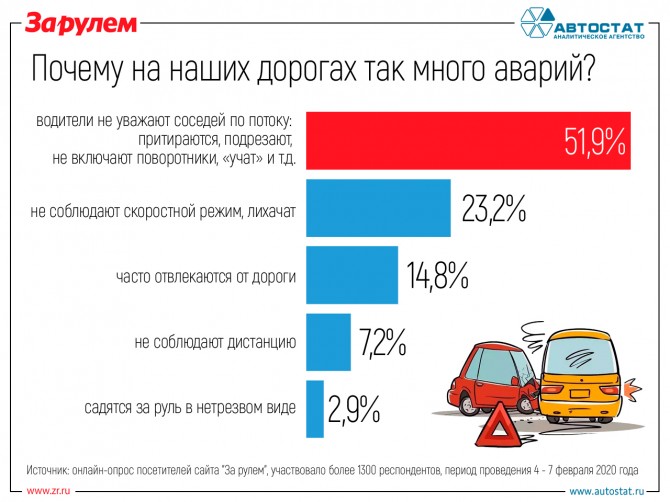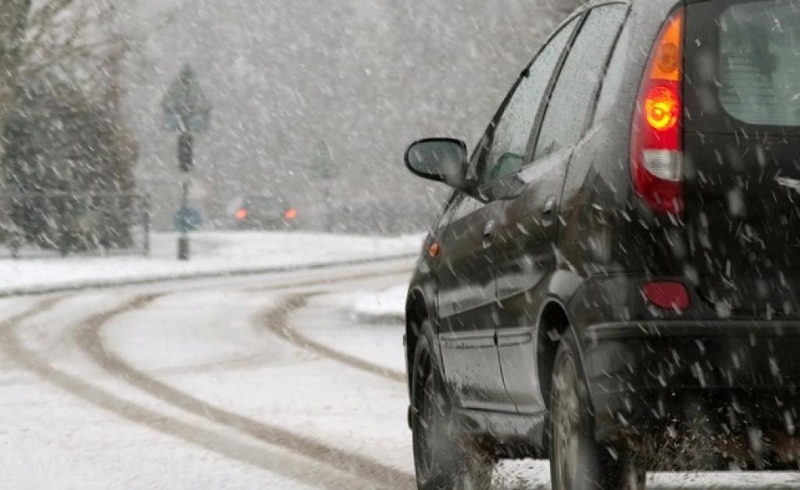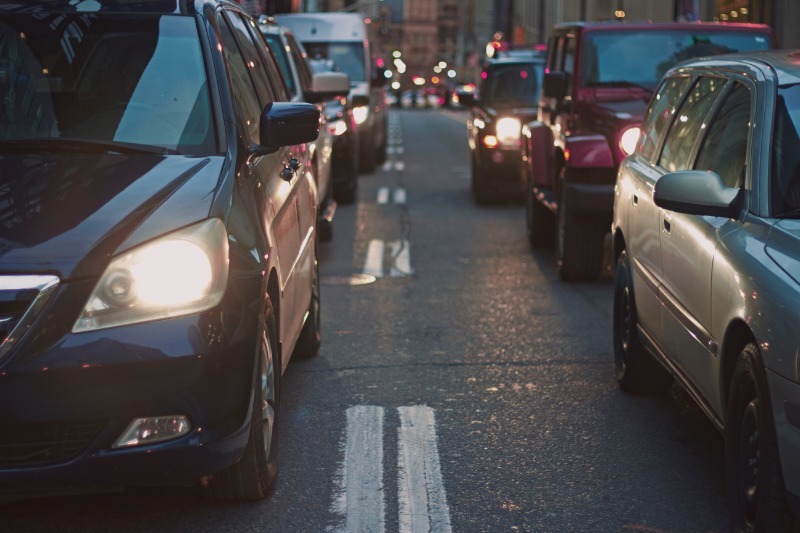
5 reasons why drivers can still get into an accident, even if they follow all the rules
Content
A variety of situations arise on the road, and sometimes even the most attentive and observant driver gets into a traffic accident. There are several explanations for this.

Lack of road signs in necessary places
Road traffic is regulated by special signs. Focusing on them, the driver can move on the roads with minimal risk of an accident. However, there are situations when signs are missing in the right places: this is when drivers are at risk.
For example, the “STOP” sign at the crossroads of a country road was blown away by the wind. As a result, cars passing through this intersection at a fairly high speed will regularly get into accidents. Another example: at an unregulated intersection, the “Give way” sign disappeared, the result is an accident.
Such cases happen all the time. Signs break due to dilapidation, or they are spoiled by hooligans and vandals. As a result, even the most careful drivers get into accidents. In order to avoid this, you need to know the rules of the road and be extremely careful on dubious sections of the road.
Bad road conditions
Another reason for frequent accidents is the invariably poor condition of the roads, to which all drivers in the post-Soviet space have become accustomed. Even if the road has been repaired, after the first winter, it usually turns back into a continuous obstacle course, consisting of holes and potholes.
The reason for this situation lies in the quality of materials used for the construction and repair of roads. Pits become not only the cause of a broken suspension and chassis of the car, but also more terrible disasters. Again, you can fight this with increased attention and compliance with the speed limit.
For example, the following cases can be given:
- Having flown into a good pothole, you can easily find yourself in the oncoming lane, creating an emergency.
- An open sewer well or an improperly installed manhole is also very dangerous for road users.
Lack of pedestrian crossings and pedestrian barriers
Pedestrians are also people, sometimes fearless, but most often the lack of attentiveness and fear of being run over is fraught with the most sad consequences. They do not think about the fact that it takes a few seconds to stop a heavy car. Very often, people literally climb under the wheels at a pedestrian crossing, provoking the driver to violate traffic rules or smash his car against a bump stop or pole.
If there is no pedestrian crossing or fence at all, then such a section of the road becomes doubly dangerous due to the unpredictability of pedestrian behavior. They can run right under the wheels of even the most careful driver. On such sections of the road, you need to slow down, turn on the headlights and generally behave extremely carefully. It is even better to inform the traffic administration in writing about the need for a pedestrian crossing on this section of the road.
Most often, collisions with pedestrians crossing the road in an unspecified place occur at night. This is due to poor lighting and the lack of reflective elements on the clothes of pedestrians.
Misapplication or poor visibility of road signs
Any road signs must be installed in accordance with the requirements of the current GOST 10807-78 and 23457-86. If they are not met, then disputes arise that can lead to an accident.
Even if there is a road sign, it may not be visible - for example, the branches of a tree are covered or covered with snow. Therefore, drivers do not notice him.
It is important to bear in mind that according to the rules of the road, the distance at which a sign is perceived must be at least 100 m.
Bad weather conditions
Sometimes the driver needs to be reminded to be more careful while driving in difficult weather conditions. In such situations, the viewing range is significantly reduced, the controllability of the car changes, the braking distance increases, and so on. All these circumstances can cause an emergency on the road.
Fog dangers:
- overview reduction;
- optical illusion that distorts the real distance;
- change in the perception of the color spectrum, except for red;
It is important to remember that high beam headlights are completely useless in foggy conditions.
If there is ice on the road, then the following rules should be followed:
- The movement of the vehicle should start smoothly, without slipping.
- Braking should be done by gently pressing the pedal, without disengaging the clutch with a shift to a lower gear. It is important to avoid a sharp rise in speed.
- Gear shifting on a manual transmission should be quick, but smooth.
Heavy rain hazards:
- limited visibility;
- poor visibility of road signs;
- erosion of the roadway;
- pollution of headlights, mirrors, windows, brake lights;
- change in vehicle handling;
- hydroplaning - separation of several wheels from the roadway, which causes loss of controllability.
Factors provoking accidents during snowfall:
- reduced visibility;
- reducing the degree of adhesion of wheels to the roadway;
- roadside hidden under the snow - when hitting, a skid occurs;
- defects on the road invisible due to snow;
- icing headlights and windows;
- the difficulty of determining the safe speed and distance to other vehicles and objects.
Of course, being a driver is not easy. Constantly heightened attention, tense muscles, readiness for any surprises - all this affects the state of a person. A tired driver, due to the slightest oversight, can become the culprit of a terrible disaster. This must be understood and treated with respect and attention to all road users.
